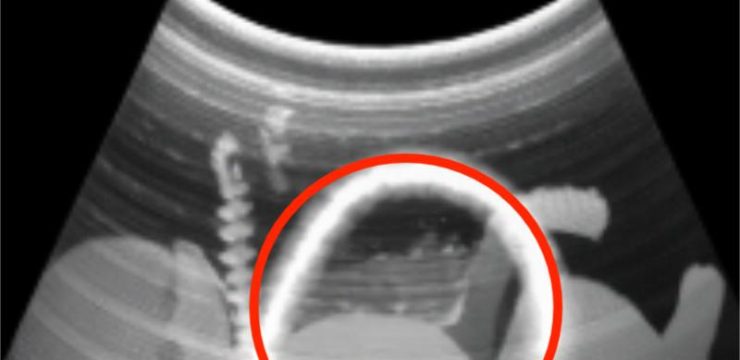Glass top stoves are a modern, stylish addition to many kitchens. Their sleek, smooth surfaces not only elevate the room’s aesthetic but also make cleaning a breeze compared to traditional coil burners. However, these elegant appliances come with unique risks that many homeowners overlook. One common yet dangerous mistake could lead to your glass cooktop shattering, turning a functional centerpiece into a costly problem.

Why Glass Top Stoves Are Popular
The appeal of glass top stoves lies in their streamlined design and ease of maintenance. With no crevices for crumbs or spills, cleaning is quick and simple. The tempered glass is built for durability, but it’s not indestructible. Certain actions, particularly those involving high heat and pressure, can put your stove at risk.
The Hot Lid Mistake: What Happens and Why
One of the most common and hazardous mistakes is placing a hot lid face-down on the glass cooktop. While this might seem harmless, it can create a dangerous vacuum seal. Here’s how it happens:
- Vacuum Seal Formation: When a hot lid rests on the glass surface, heat becomes trapped between the lid and the cooktop. This creates a vacuum, causing the lid to stick tightly to the glass.
- Pressure Buildup: As the cooktop cools, the trapped heat creates a pressure difference. This tension can cause the glass to crack, often in a spiderweb pattern that compromises the stove’s functionality and safety.
The Dangers of a Cracked Glass Cooktop
A cracked glass top stove is more than a cosmetic issue; it’s a serious safety hazard. Here’s why:
- Risk of Shattering: Cracks weaken the structural integrity of the glass. Under heat or pressure, the surface could shatter, sending sharp glass shards flying and posing a risk of injury.
- Heating Issues: Cracks can interfere with the stove’s heating elements, leading to uneven cooking or electrical malfunctions that might cause fires.
How to Prevent Damage to Your Glass Top Stove
Protecting your glass top stove doesn’t have to be complicated. With a few simple habits, you can avoid costly repairs or replacements.
- Avoid the Hot Lid Trap
Never place a hot lid directly on the cooktop. Instead, use a heat-resistant trivet or a cool, flat surface to rest your lids. This small adjustment can prevent a dangerous vacuum seal. - Use Proper Cookware
- Opt for pots and pans with flat, smooth bottoms to minimize the risk of scratching the glass.
- Handle heavy cookware, like cast iron, with care to avoid accidental drops that could crack the surface.
- Clean Regularly
Wipe down your cooktop after each use to remove particles that could scratch the glass. Regular cleaning also helps maintain the stove’s polished appearance and prolongs its lifespan.
What to Do If Your Glass Top Stove Cracks
If you notice a crack in your glass cooktop, stop using it immediately. Continuing to cook on a damaged surface increases the risk of a complete shatter. Here’s what to do next:
- Assess the Damage
Examine the crack to determine its severity. Minor cracks might be repairable, but deep or extensive damage typically requires replacing the glass top. - Contact a Professional
Reach out to a qualified technician to evaluate the damage. They can recommend whether to repair or replace the cooktop based on its condition. - Repair or Replace
For small cracks, professional repairs may be sufficient. However, replacing the glass is often the safest option for larger or more serious cracks.
Final Thoughts: Protect Your Investment
Glass top stoves are a beautiful and functional addition to any kitchen, but they require careful handling to avoid damage. By understanding the risks of placing hot lids on the surface and taking simple preventive steps, you can ensure your stove remains safe and stylish for years to come.
Next time you’re cooking, remember to treat your glass top stove with care — and keep it the centerpiece of your modern kitchen.





